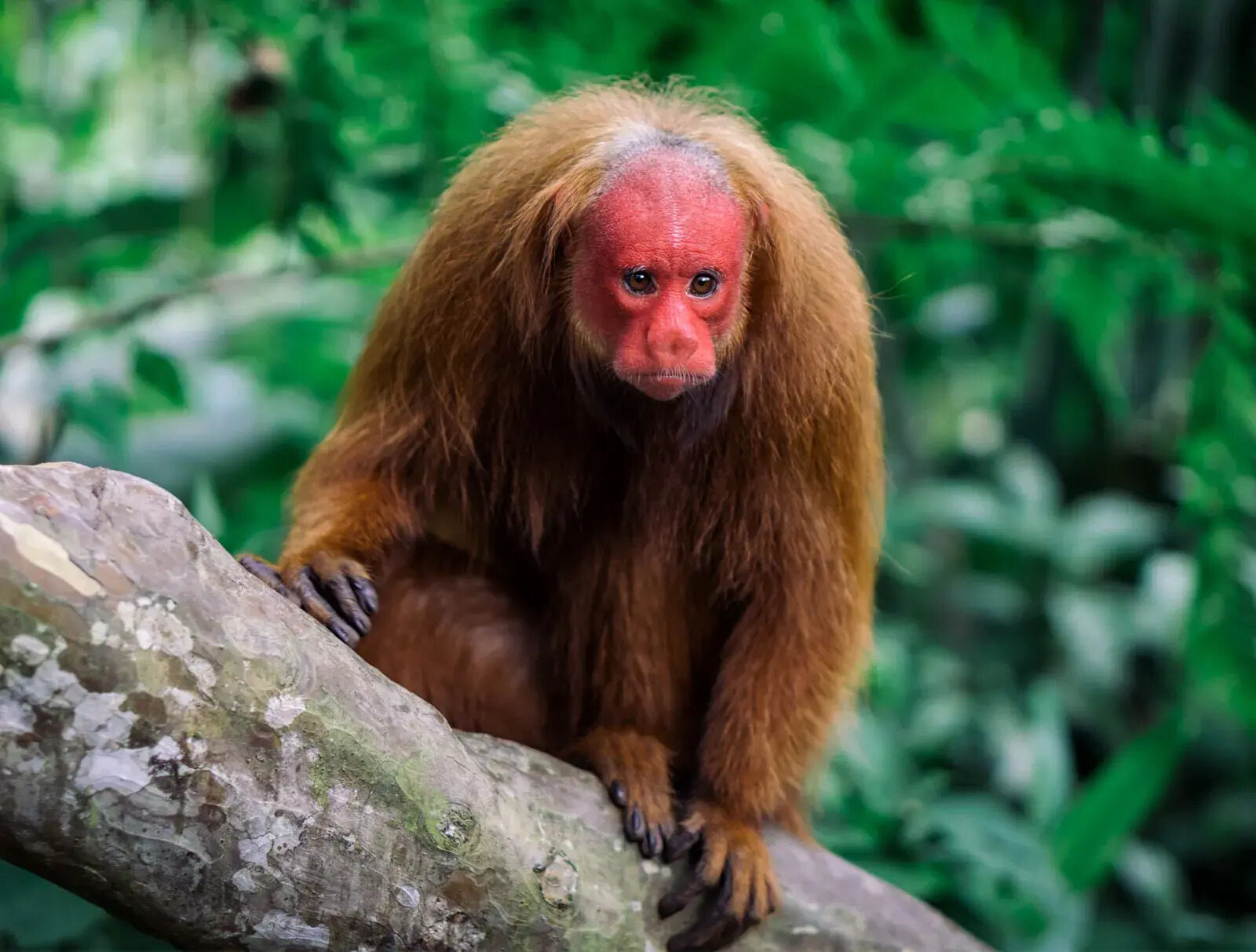
Ever heard of the Uakari? These fascinating primates, native to the Amazon rainforest, are known for their striking appearance and unique behaviors. With their bright red faces and short tails, Uakaris stand out in the dense jungle. But what makes them so special? From their diet to their social structures, these monkeys have adapted in incredible ways to thrive in their environment. Did you know that their red faces are a sign of good health? Or that they can leap up to 20 feet between trees? Join us as we uncover 30 intriguing facts about these remarkable creatures. Whether you're a wildlife enthusiast or just curious, there's something here for everyone.
What is a Uakari?
Uakaris are fascinating primates found in the Amazon rainforest. Known for their distinctive appearance and unique behaviors, these monkeys captivate anyone who learns about them. Let's dive into some intriguing facts about these remarkable creatures.
Physical Characteristics of Uakaris
Uakaris have some of the most unique physical traits among primates. Their appearance is both striking and memorable.
- Red Faces: Uakaris are known for their bright red faces, which are a sign of good health. A pale face can indicate illness.
- Short Tails: Unlike many other monkeys, Uakaris have very short tails, which are not used for gripping or balance.
- Thick Fur: Their fur is dense and long, providing protection against the elements in their rainforest habitat.
- Color Variations: Uakaris can have different fur colors, ranging from white to reddish-brown.
- Strong Jaws: They possess powerful jaws, which help them crack open hard nuts and seeds.
Habitat and Distribution
Understanding where Uakaris live can give insights into their behavior and lifestyle.
- Amazon Rainforest: Uakaris are native to the Amazon Basin, thriving in the dense, wet environment.
- Flooded Forests: They prefer flooded forests, also known as varzea forests, which are seasonally inundated with water.
- Tree Dwellers: These monkeys spend most of their time in trees, rarely coming down to the ground.
- Territorial: Uakaris are territorial and live in groups that defend their area from intruders.
- Range: Their range includes parts of Brazil, Peru, and Colombia.
Diet and Feeding Habits
Uakaris have a varied diet that reflects their adaptability and resourcefulness.
- Fruit Lovers: They primarily eat fruits, which make up a significant portion of their diet.
- Seed Eaters: Seeds are another major food source, and their strong jaws help them access these tough treats.
- Insects: Occasionally, Uakaris will eat insects, adding protein to their diet.
- Seasonal Diet: Their diet changes with the seasons, depending on what is available in their environment.
- Water Sources: They get most of their water from the fruits they eat, rarely drinking from streams or rivers.
Social Structure and Behavior
The social dynamics of Uakaris are complex and fascinating.
- Group Living: Uakaris live in groups called troops, which can range from a few individuals to over a hundred.
- Communication: They use vocalizations, facial expressions, and body language to communicate with each other.
- Grooming: Social grooming is an important activity that helps strengthen bonds within the group.
- Playful Nature: Young Uakaris are particularly playful, engaging in games and mock fights.
- Hierarchy: There is a social hierarchy within the troop, with dominant individuals having priority access to food and mates.
Reproduction and Lifespan
Reproduction and lifespan are crucial aspects of Uakari life.
- Mating Season: Uakaris have a specific mating season, usually during the rainy season when food is abundant.
- Gestation Period: The gestation period for a Uakari is about six months.
- Single Offspring: Females typically give birth to a single offspring at a time.
- Parental Care: Mothers are the primary caregivers, carrying their young on their backs until they are old enough to fend for themselves.
- Lifespan: In the wild, Uakaris can live up to 20 years, though this can vary based on environmental conditions and predation.
Conservation Status
Uakaris face several threats that impact their survival.
- Vulnerable Species: Uakaris are classified as vulnerable due to habitat loss and hunting.
- Deforestation: The biggest threat to their habitat is deforestation, which reduces their living space and food sources.
- Hunting: They are hunted for their meat and sometimes captured for the pet trade.
- Conservation Efforts: Various organizations are working to protect Uakari habitats and reduce hunting pressures.
- Protected Areas: Some Uakari populations live in protected areas, which helps safeguard their future.
Final Thoughts on Uakaris
Uakaris are fascinating primates with their unique red faces and short tails. These monkeys, native to the Amazon rainforest, play a crucial role in their ecosystem. They help with seed dispersal, which supports forest growth. Their diet mainly consists of fruits, seeds, and insects, making them vital for maintaining the balance of their habitat.
Despite their importance, uakaris face threats from deforestation and hunting. Conservation efforts are essential to protect these remarkable creatures and their environment. By raising awareness and supporting conservation programs, we can help ensure uakaris thrive for future generations.
Learning about uakaris reminds us of the incredible diversity of life on our planet. Each species, no matter how small or obscure, has a role to play. Let's continue to explore, appreciate, and protect the natural world around us.
Was this page helpful?
Our commitment to delivering trustworthy and engaging content is at the heart of what we do. Each fact on our site is contributed by real users like you, bringing a wealth of diverse insights and information. To ensure the highest standards of accuracy and reliability, our dedicated editors meticulously review each submission. This process guarantees that the facts we share are not only fascinating but also credible. Trust in our commitment to quality and authenticity as you explore and learn with us.
